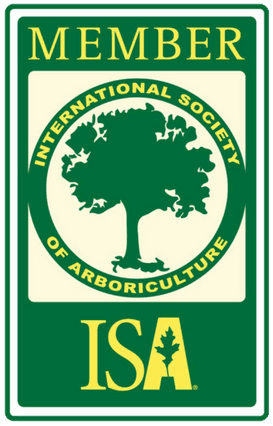Services
Proper tree care is an investment that can lead to substantial returns. Well cared-for trees are attractive and can add considerable value to your property. Poorly maintained trees can be a significant liability. Pruning or removing trees, especially large trees, can be dangerous work. Tree work should be done only by those trained and equipped to work safely in trees.
Tree Removal
Although tree removal is a last resort, there are circumstances when it is necessary. We can help decide whether a tree should be removed. Removal is recommended when the tree is:
- dead or dying
- considered an unacceptable risk
- causing an obstruction that is impossible to correct through pruning
- crowding and causing harm to other, more desirable trees
- to be replaced by a more suitable specimen
- located in an area where new construction requires removal
- Infected with disease or insects
Pruning is the most common tree maintenance procedure. Although forest trees grow quite well with only nature’s pruning, landscape trees require a higher level of care to maintain their structural integrity and aesthetics. Pruning must be done with an understanding of tree biology. Improper pruning can create lasting damage or even shorten the tree’s life.
Reasons for Pruning
Because each cut has the potential to change the growth of the tree, no branch should be removed without a
reason. Common reasons for pruning are to remove dead branches, to improve form, and to reduce risk. Trees
may also be pruned to increase light and air penetration to the inside of the tree’s crown or to the landscape
below. In most cases, mature trees are pruned as corrective or preventive measures.
Routine thinning does not necessarily improve the health of a tree. Trees produce a dense crown of leaves to
manufacture the sugar used as energy for growth and development. Removal of foliage through pruning can
reduce growth and stored energy reserves. Heavy pruning can be a significant health stress for the tree. There are many outside considerations, however, that make it necessary to prune trees. Safety, clearance, and compatibility with other components of a landscape are all major concerns. Proper pruning, with an understanding of tree biology, can maintain good tree health and structure while enhancing the aesthetic and economic values of our landscapes.
When to Prune
Most routine pruning to remove weak, diseased, or dead limbs can be accomplished at any time during the year
with little effect on the tree. As a rule, growth and wound closure are maximized if pruning takes place before the
spring growth flush. Some trees, such as maples and birches, tend to “bleed” if pruned early in the spring. It may
be unsightly, but it is of little consequence to the tree.
Heavy pruning of live tissue just after the spring growth flush should be avoided, especially on weak trees. At that
time, trees have just expended a great deal of energy to produce foliage and early shoot growth. Removal of a large percentage of foliage at that time can stress the tree.
Pruning
We can determine the type of pruning necessary to maintain or improve the health, appearance, and safety ofyour trees. Pruning techniques include removing limbs that:
- interfere with utilities or structures
- obstruct streets or sidewalks
- are dead, weak, or decayed and pose unacceptable risk
- are diseased or insect-infested
- have been damaged by storms
- will increase light penetration and reduce wind resistance within the canopy upon removal (thinning)
Other pruning techniques are used to maintain proper structure in young trees, improve tree shape or form, and reduce the likelihood of future damage during storm events.
Pruning Techniques
Specific types of pruning may be necessary to maintain a mature tree in a healthy, safe, and attractive condition.
Cleaning
is the removal of dead, dying, diseased, weakly attached, and low-vigor branches from the crown of a tree.
Thinning
is selective branch removal to improve structure and to increase light penetration and air movement through the crown. Proper Thinning opens the foliage of a tree, reduces weight on heavy limbs, and helps retain the tree’s natural shape.
Raising
removes the lower branches from a tree to provide clearance for buildings, vehicles, pedestrians, and vistas.
Reduction
reduces the size of a tree, often for utility line clearance. Reducing a tree’s height or spread is best accomplished by pruning back the leaders and branch terminals to secondary branches that are large enough to assume the terminal roles (at least one-third the diameter of the cut stem). Compared to topping, reduction helps maintain the form and structural integrity of the tree.


